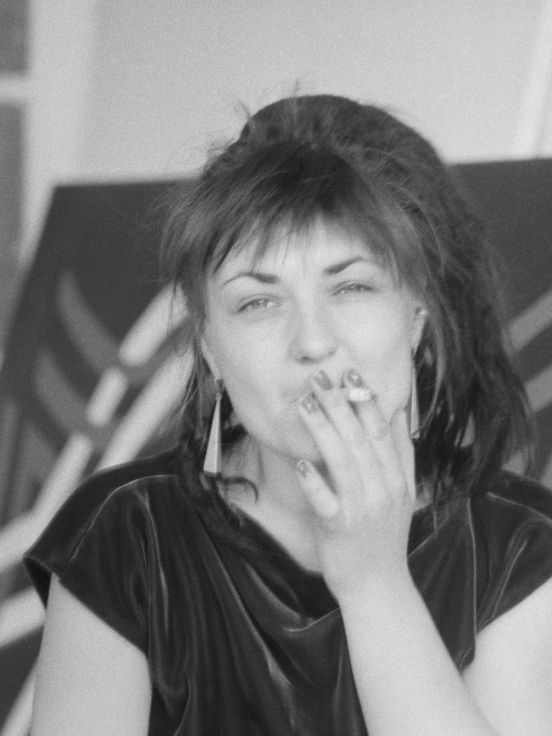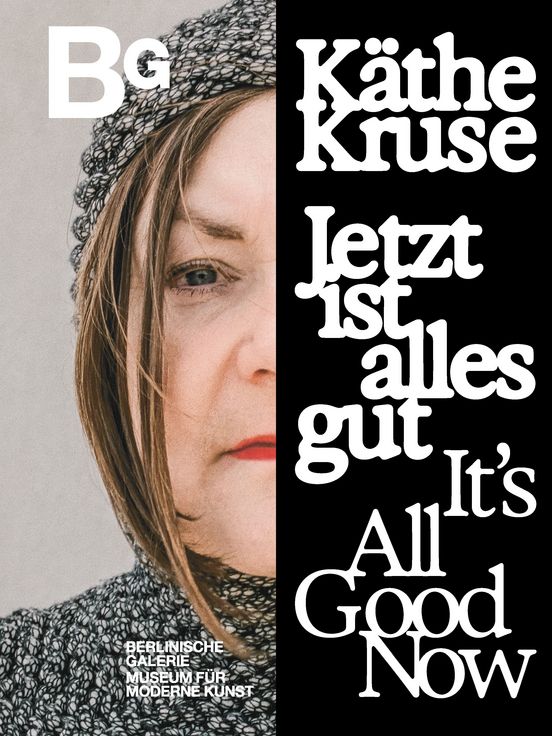About the Artist
In 1981, Käthe Kruse left Bünde in North Rhine-Westphalia, where she was born and raised, and moved into the squat at Manteuffelstrasse 40/41 in Berlin. One year later, she met Wolfgang Müller und Nikolaus Utermöhlen of Die Tödliche Doris. She became a member in 1982 and remained the group’s drummer until 1987. Kruse studied visual communication at the Hochschule der Künste Berlin (now the University of the Arts) from 1990 to 1996, graduated from Heinz Emigholz’s master class, and received a scholarship for young talent. She received artist’s grants from the Stiftung Kulturfonds in 2004 and the Senate Department for Cultural Affairs in 2008 (both in Berlin). In 2021 Kruse was awarded a scholarship by the Peter Jacobi Foundation for Art and Design in Pforzheim. She received a NEUSTART KULTUR grant from the Stiftung Kunstfonds in Bonn (2020–2023) and has been president of the International Artists’ Committee (IKG) since 2023.






